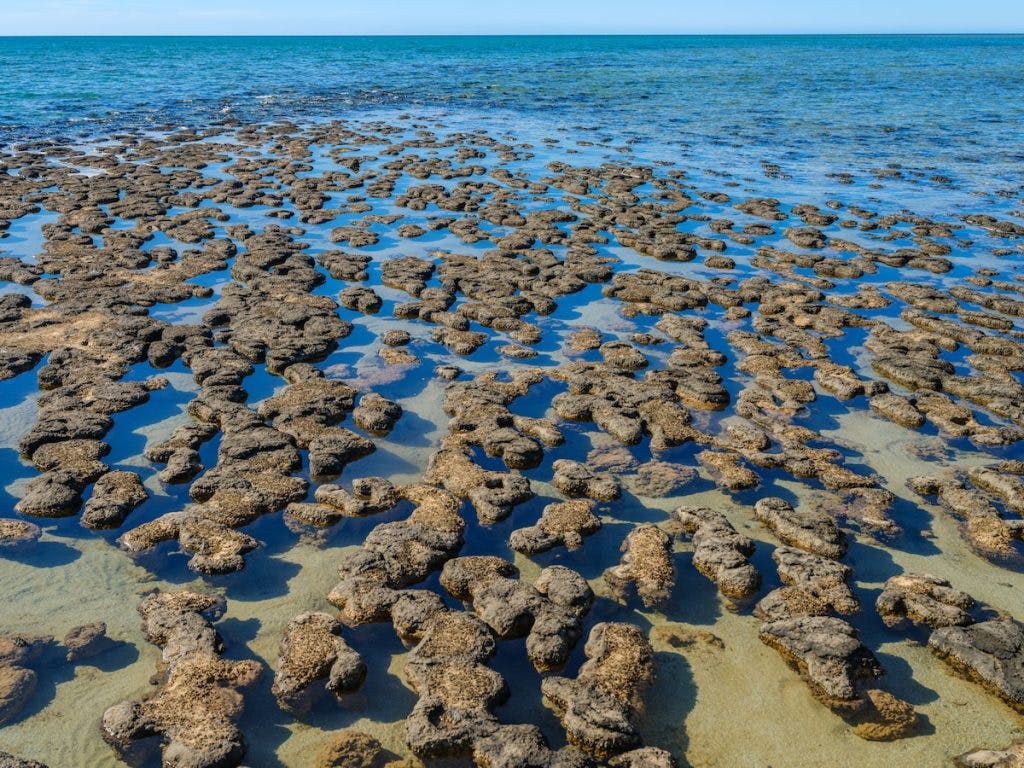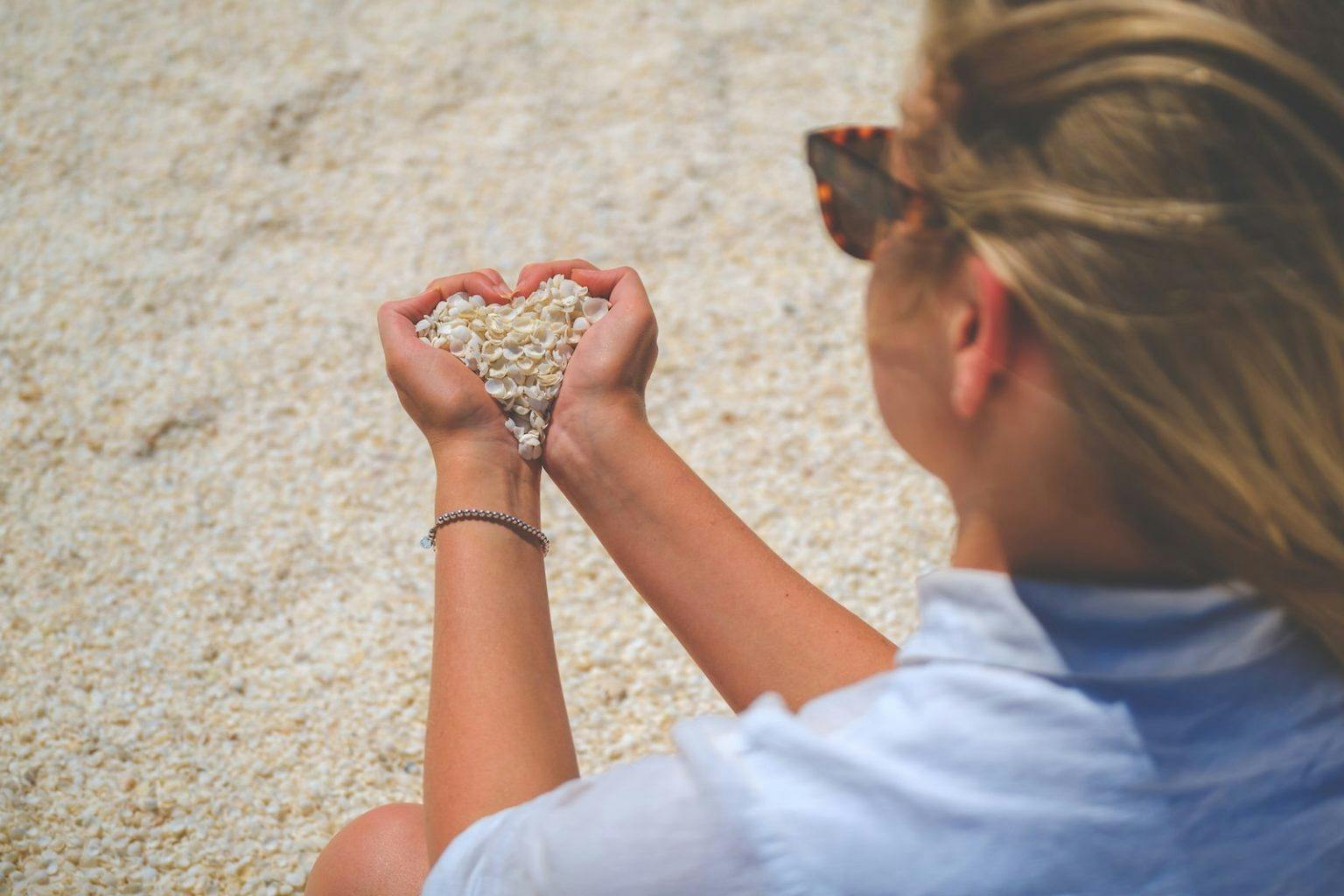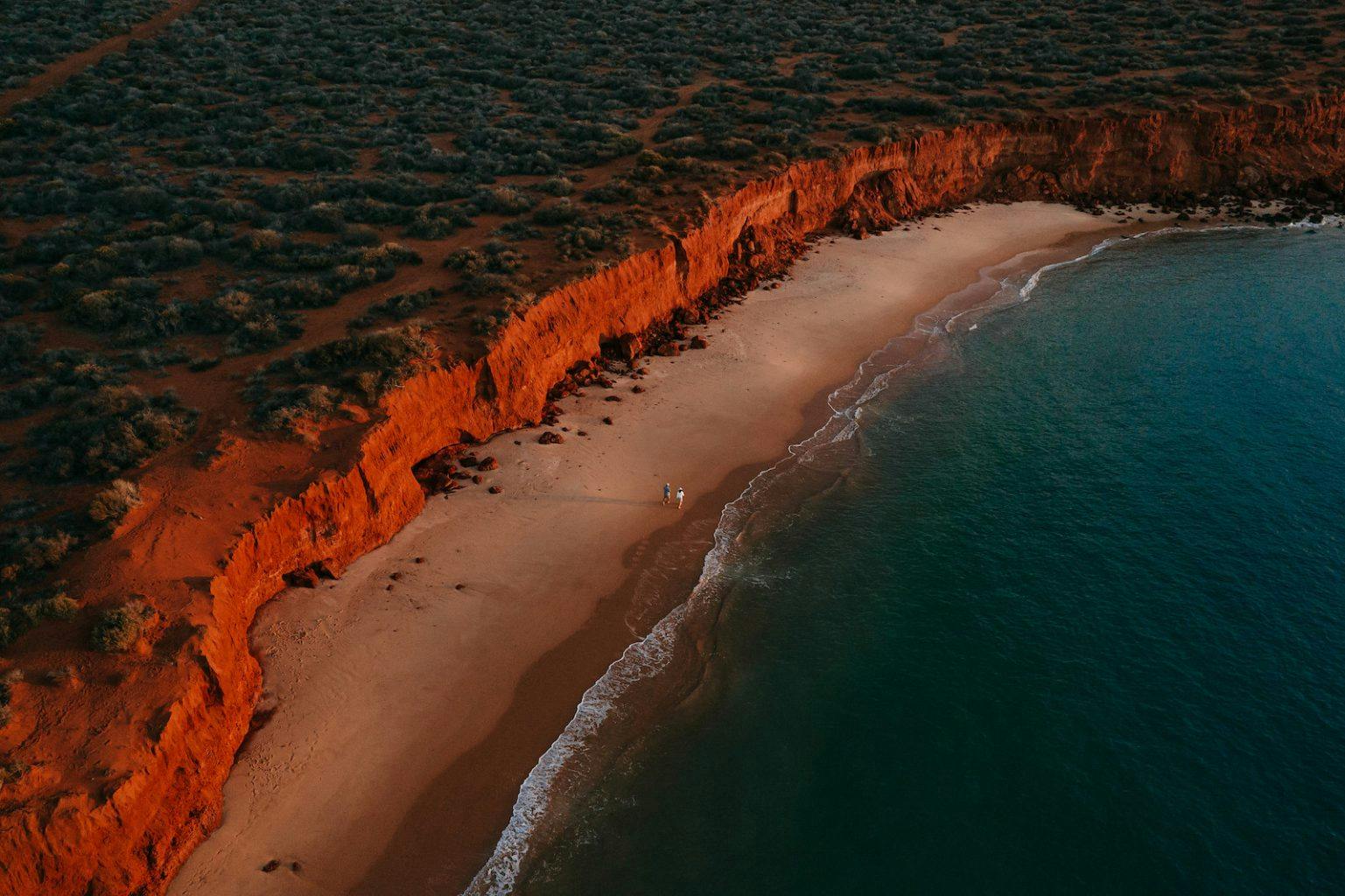Shark Bay: Everything you need to know

Home to some truly remarkable landscapes and a key conservation area for our most endangered fauna, Shark Bay (Gutharraguda) is destination that cannot be missed.
Head north on your next road trip and discover one of the Coral Coast‘s most spectacular regions.
What is Shark Bay?
Taking up a vast 2.2 million hectares, Shark Bay World Heritage Area is an area of huge ecological significance. The largest bay in Australia and the first place in WA to be recognised as a UNESCO World Heritage Area, Shark Bay is home to a truly staggering number of remarkable features. Stromatolites, seagrass fields, wild cliffs and dugongs are all part of what makes the area such a special part of WA.
Where is Shark Bay?
Approximately halfway between Geraldton and Carnarvon, it’s just under nine hours’ drive from Perth to the town of Denham, at the centre of Shark Bay on Yamatji Boodja. As mentioned above, the recognised UNESCO World Heritage Area spans a huge 2.2 million hectares, with 70% marine waters. It’s also where you’ll find the most westerly point of mainland Australia!
What to do?
Shark Bay is of course home to Monkey Mia, which we’ve already given the full breakdown via this link.
Get real insight into the spirit and history of the land with a tour led by Wula Gura Nyinda – designed to be suitable for every fitness level, the immersive experiences will explore the ancient and enduring cultural ties of the region’s Nhanda and Malgana people to Gutharraguda.
There are plenty of natural wonders to visit within Shark Bay. Hamelin Pool’s stromatolites are one of only a few in the world – known as living fossils, they are the oldest known living organism in the world. The boardwalk was damaged during Cyclone Seroja, but you can still view the stromatolites from the Hamelin Pool quarry.

The bay is also home to a 4000km² seagrass field – the largest in the world, and roughly the same size as the Perth metro area. Encouraged by calm, shallow waters with plenty of sunlight, the meadow has the most seagrass species recorded from one area, and provides a vital habitat for the dugong population (which is one of the most stable populations of the vulnerable animal in the world!). As well as dugongs, the waters are ideal habitats for bottlenose dolphins, with Monkey Mia’s famous dolphins found on the eastern side of the Peron Peninsula.
You can catch glimpses of these magnificent sea creatures – as well as rays, sharks and even whales – while diving, or keep dry on the lookouts along the coast (such as Eagle Bluff or Skipjack Point). From June to November, head onto a chartered tour to witness whales utilise the bay to calf and rest before heading south to Antarctica.
Shark Bay is also the site of historic pearling industry, as well as guano mining. The pearling rush reached its peak in the 1870s, with plenty of barbaric practices that included indentured and slave labour, horrifying living conditions and disease, as well as the endangerment of the wild Shark Bay pearl oyster. The remnants of the industry can still be seen in the area – and you can visit modern and humane farms who are cultivating pearls off the Monkey Mia shoreline.
Half an hour south of Denham, you’ll find L’Haridon Bight, and the location of the spectacular Shell Beach. Billions of tiny cockle shells form the beach, with bright white shells meeting crystal clear, turquoise waters. But the shells aren’t the only remarkable fact about this beach – it’s also where you’ll experience Shark Bay’s hypersalinity. Twice the salinity of the open ocean, you’ll be floating around à la Jordan’s Dead Sea (just make sure you don’t have any paper cuts!).
Subscribe to our free newsletter!

Big Lagoon and Little Lagoon are two more must-visit swimming spots, with Shark Bay’s signature calm and clear waters (although you’re recommended to wear wading shoes in Little Lagoon to avoid stonefish stings), and you can even grab a brew and hire a paddleboard from Coffee Mia‘s van. You can really explore the peninsula with a 4WD, traversing the coast and taking in the wild surrounds of red dirt, turquoise ocean and rocky cliffs.
Only accessible via 4WD, Steep Point is the westernmost point of the Australian mainland, and is a bucket-list destination for many cliff fishing enthusiasts – and where you’ll see the dramatic Zuytdorp Cliffs and blowholes. Take a connecting barge to Dirk Hartog Island National Park – which in 1616, was the location of the first recorded landing on Australian soil by Europeans. On the island you can hope to see turtles hatching on the beach, vibrant pink lakes, secluded beaches and amazing reefs ripe for snorkelling. The island is also undertaking a conservation effort known as “Return to 1616”, with the goal of eradicating all introduced species and reintroducing native fauna.

What not to do:
Don’t travel unprepared. There are large stretches of Shark Bay where you won’t have access to running water and power – so make sure to always pack plenty of drinking water, plenty of fuel in the car going on drives, and always tell someone of your travel plans. Be prepared for limited mobile reception in some areas. So by all means embrace the peace and quiet that comes with no one hassling you on the phone, but be prepared to not just whip up Google Maps if you take a wrong turn.
As with any visit our natural spaces, adhere to the Leave No Trace Principles meaning don’t leave any rubbish out there, and don’t disturb any native wildlife or flora.
Image Credit: Shutterstock, Tourism WA